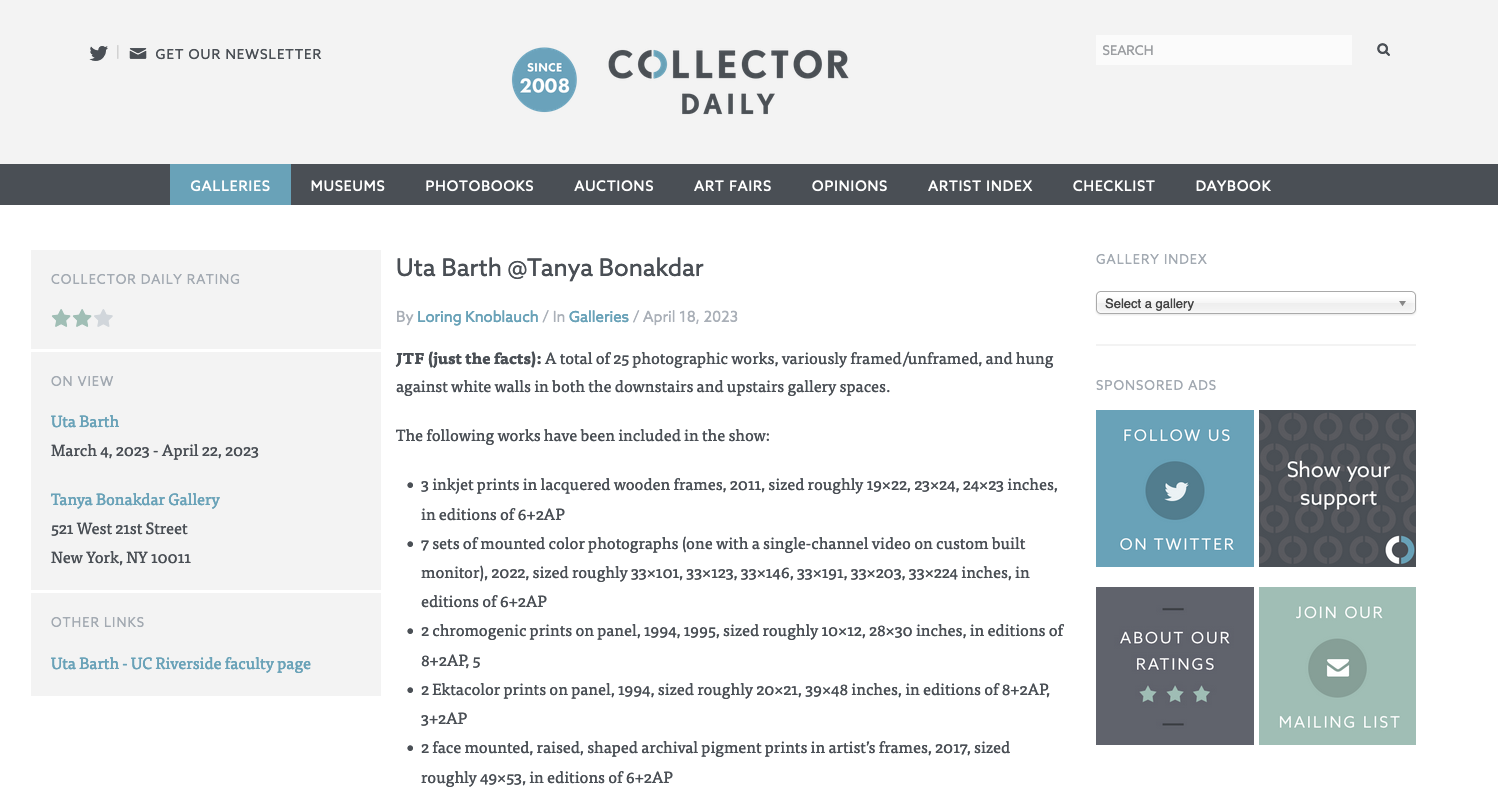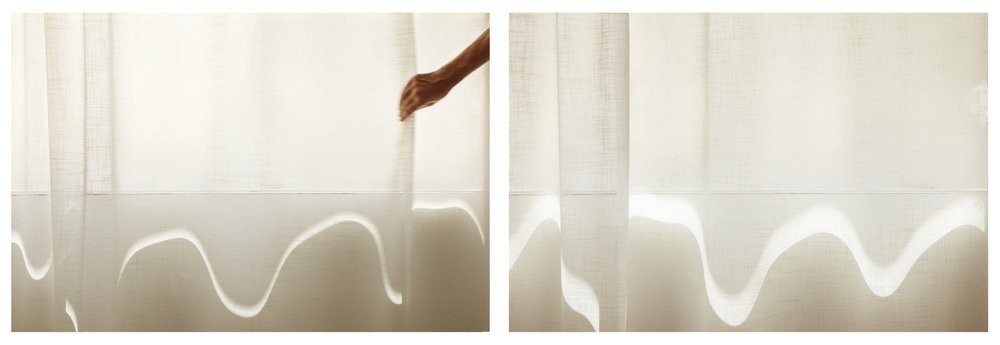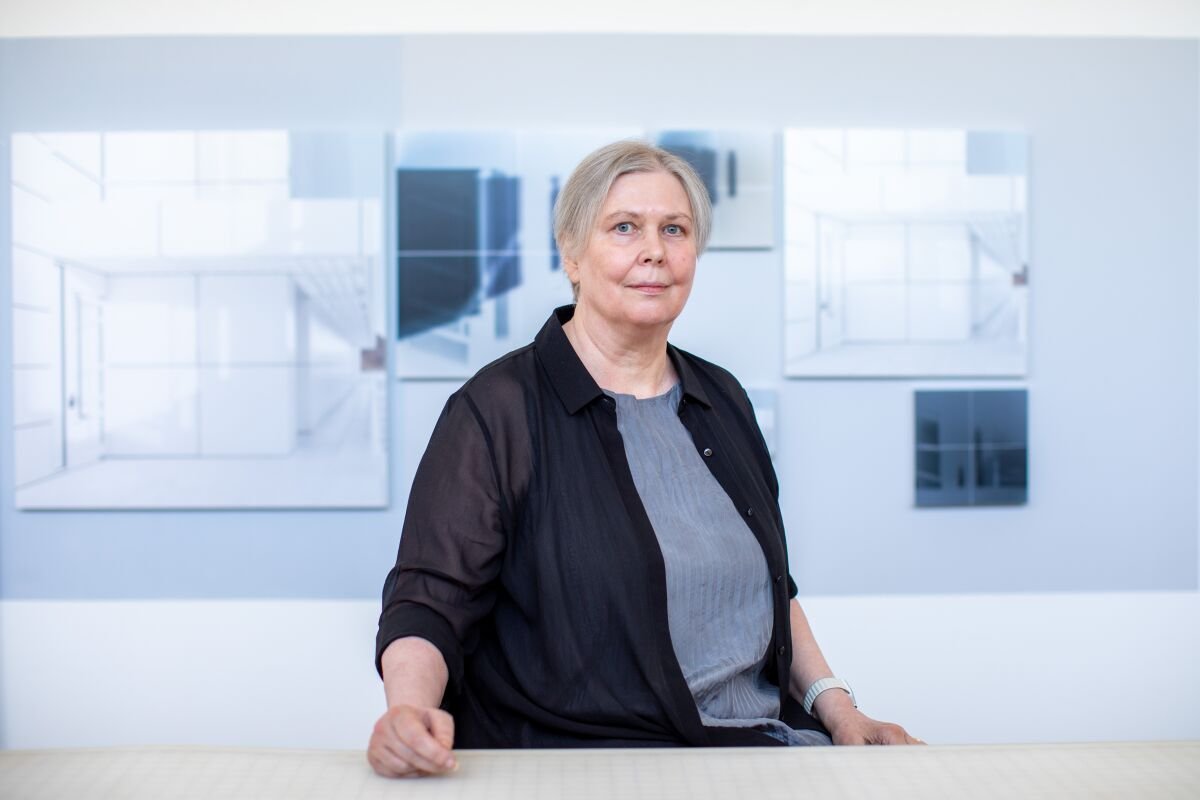This exhibition celebrates Anonymous Was A Woman (AWAW), a grant program for mid-career women artists living and working in the United States. Featuring works by 41 of the 251 artists who received the award in its first quarter century, it provides a timely opportunity to look back at a crucial period of art production by women, and to reflect on the program’s enormous impact.
Since its inception, AWAW has helped reshape the landscape of arts funding, filling a vacuum left after the National Endowment for the Arts terminated its grants to individual artists in 1994. Every year between 1996 and 2020, AWAW awarded unrestricted gifts of $25,000 to ten women artists over the age of 40; in recent years, both the amount of the award and the number of awardees have increased. Initiated and still led by photographer and philanthropist Susan Unterberg, who herself remained anonymous until 2018, the groundbreaking program refers to a phrase in Virginia Woolf’s essay “A Room of One’s Own,” which drew attention to challenges faced by women writers and artists in a patriarchal society. True to its name, AWAW solicits recommendations from over 200 unnamed nominators and selects awardees via anonymous panels. Over the years, the grant, which provides both financial support and professional recognition, has been truly transformational for a number of the recipients.
The artworks on view span an array of media, subject matter, and formal approaches. Equally wide-ranging are the generational, regional, ethnic, and racial backgrounds of the artists represented. Guest curators Nancy Princenthal and Vesela Sretenović sought works created as closely as possible to the year the artists received the award. Rather than choosing a thematic focus, the curators aimed to trace the development of contemporary art practice over the last twenty-five years, addressing issues of identity and community; the position of women artists in society; the shifting value of craft; the expanding possibilities for installation and time-based media; as well as the many uses of anonymity. The opportunities for future interpretations of AWAW’s importance remain, like art itself, infinite.
More Info




















